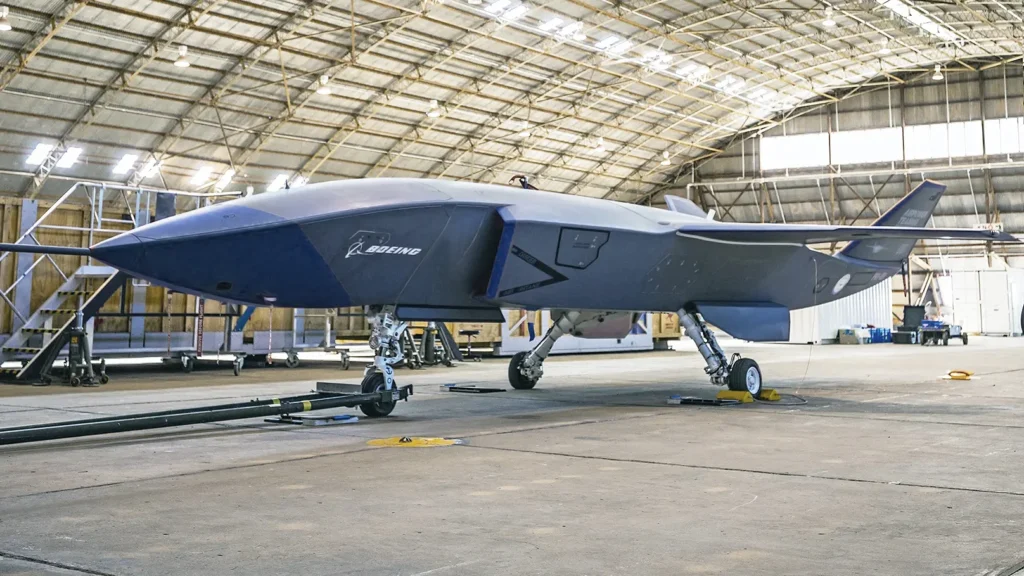
Will We See a Naval Equivalent for the Loyal Wingman Concept of Air Force?
The concept of a loyal wingman has been a game-changer for the air force, but what about the naval forces? As technology continues to advance, it is only a matter of time before we see a naval equivalent for the loyal wingman concept.
The loyal wingman concept, which originated in the air force, refers to an unmanned aircraft that can accompany and support manned aircraft during missions. These loyal wingmen can perform a variety of tasks, such as surveillance, reconnaissance, and even offensive operations, all while being controlled by a human pilot.
So why hasn’t the naval forces adopted a similar concept? The answer lies in the unique challenges and requirements of naval operations. Unlike the air force, naval operations take place on the vast expanse of the open seas, making communication and coordination more challenging.
However, advancements in technology are bridging this gap. Autonomous surface vessels (ASVs) are becoming increasingly sophisticated and capable of operating independently or in conjunction with manned naval vessels. These ASVs can perform a range of tasks, including surveillance, mine detection, and even offensive operations.
One of the main advantages of a naval loyal wingman concept is the ability to extend the reach of manned naval vessels. By deploying ASVs alongside manned ships, naval forces can cover a larger area and gather more information about the surrounding environment.
Furthermore, ASVs can also serve as a force multiplier. By taking on routine and repetitive tasks, such as patrolling or escorting, ASVs free up human personnel to focus on more complex and critical tasks. This not only increases operational efficiency but also reduces the risk to human lives.
However, there are still challenges to overcome before a naval loyal wingman concept becomes a reality. One of the main challenges is ensuring secure and reliable communication between the ASVs and the manned vessels. In a maritime environment, where conditions can be harsh and unpredictable, maintaining constant communication can be a significant technical hurdle.
Another challenge is integrating ASVs into existing naval systems and protocols. Naval forces have well-established procedures and systems in place, and introducing new autonomous systems requires careful planning and coordination.
Despite these challenges, the potential benefits of a naval loyal wingman concept are too significant to ignore. As technology continues to advance, we can expect to see increased collaboration between manned and unmanned naval systems.
In conclusion, while the loyal wingman concept has been a game-changer for the air force, the naval forces are also exploring the possibilities of a similar concept. Autonomous surface vessels are becoming more sophisticated and capable, and their integration into naval operations could greatly enhance the capabilities of manned naval vessels. However, challenges such as communication and integration need to be addressed before a naval loyal wingman concept becomes a reality. Nevertheless, the future of naval warfare is undoubtedly headed towards increased collaboration between manned and unmanned systems.
Have a query? Contact Us
